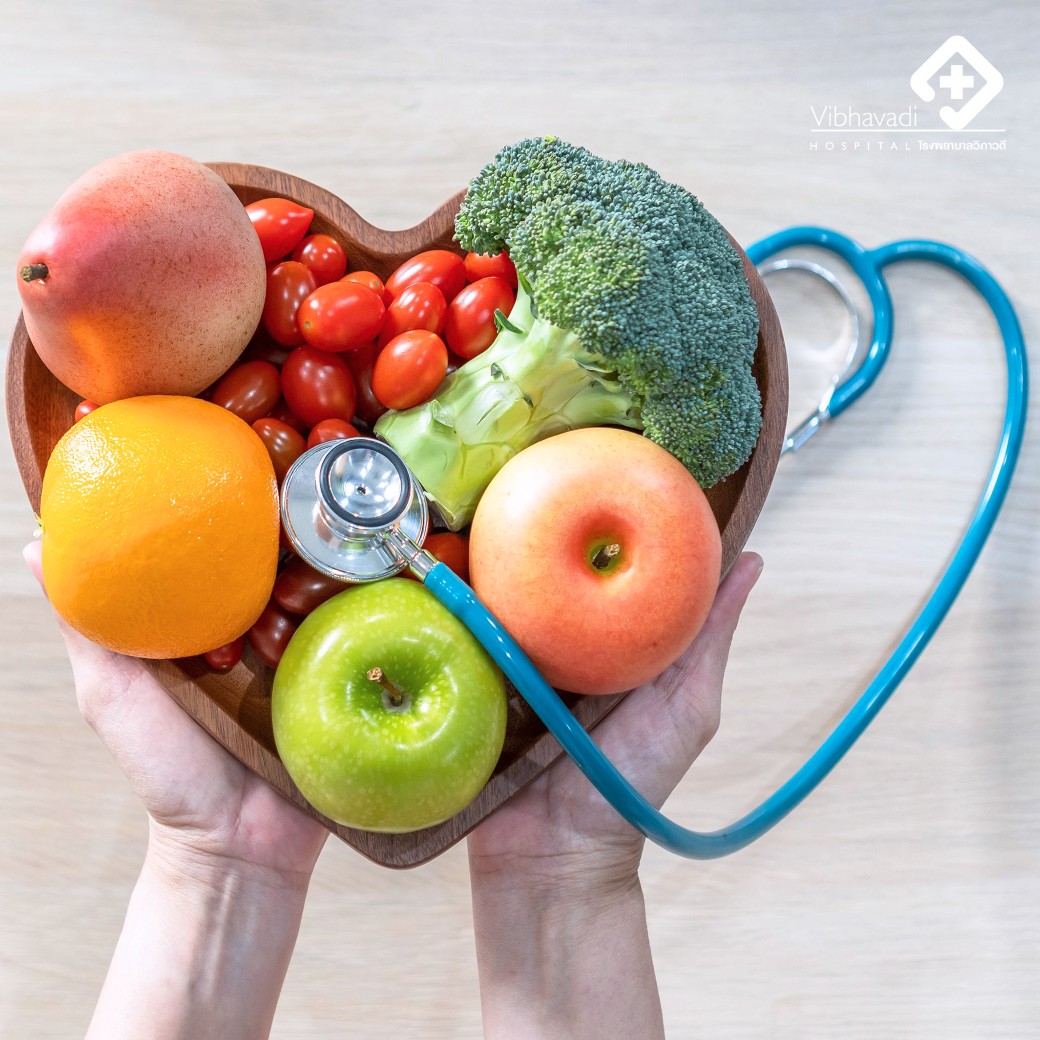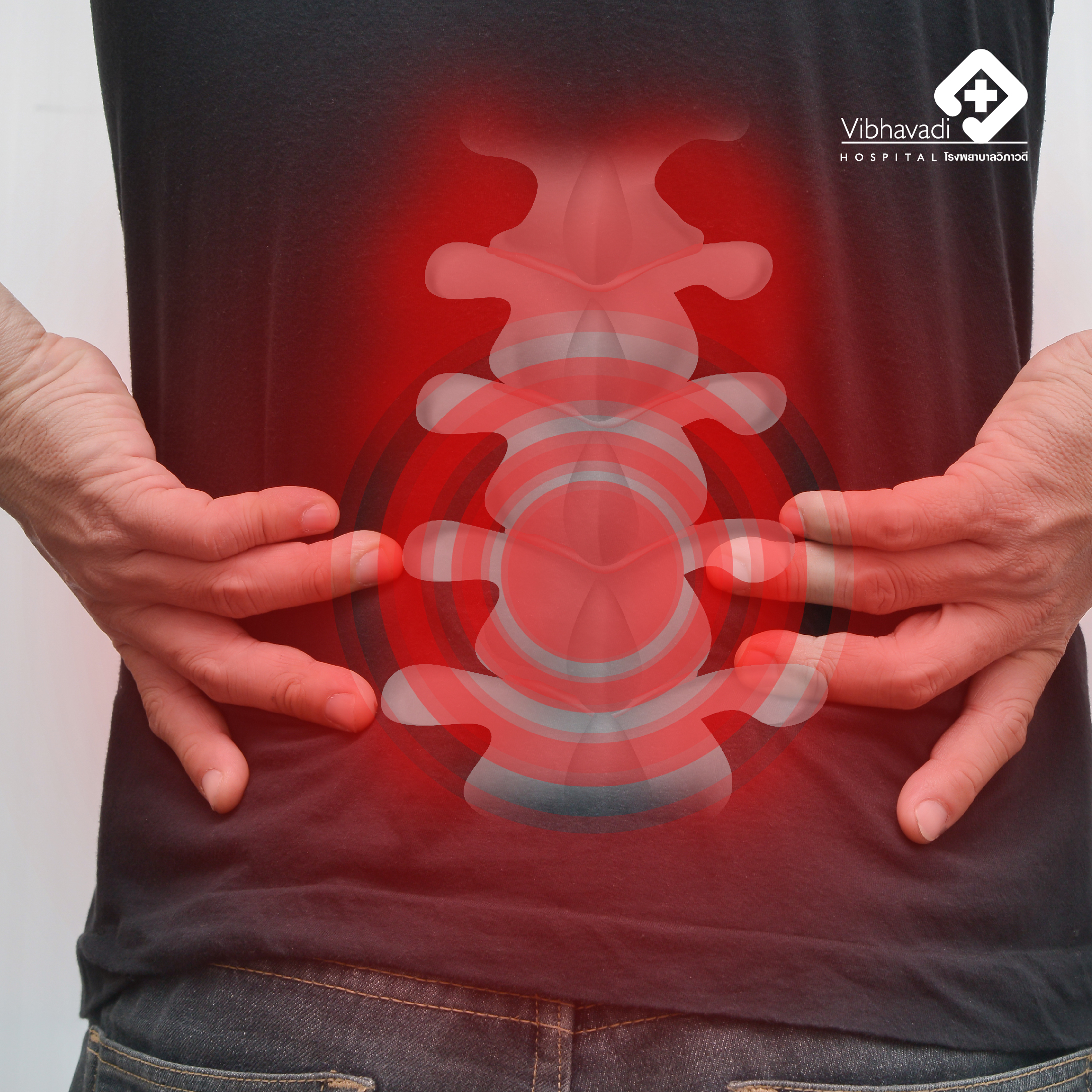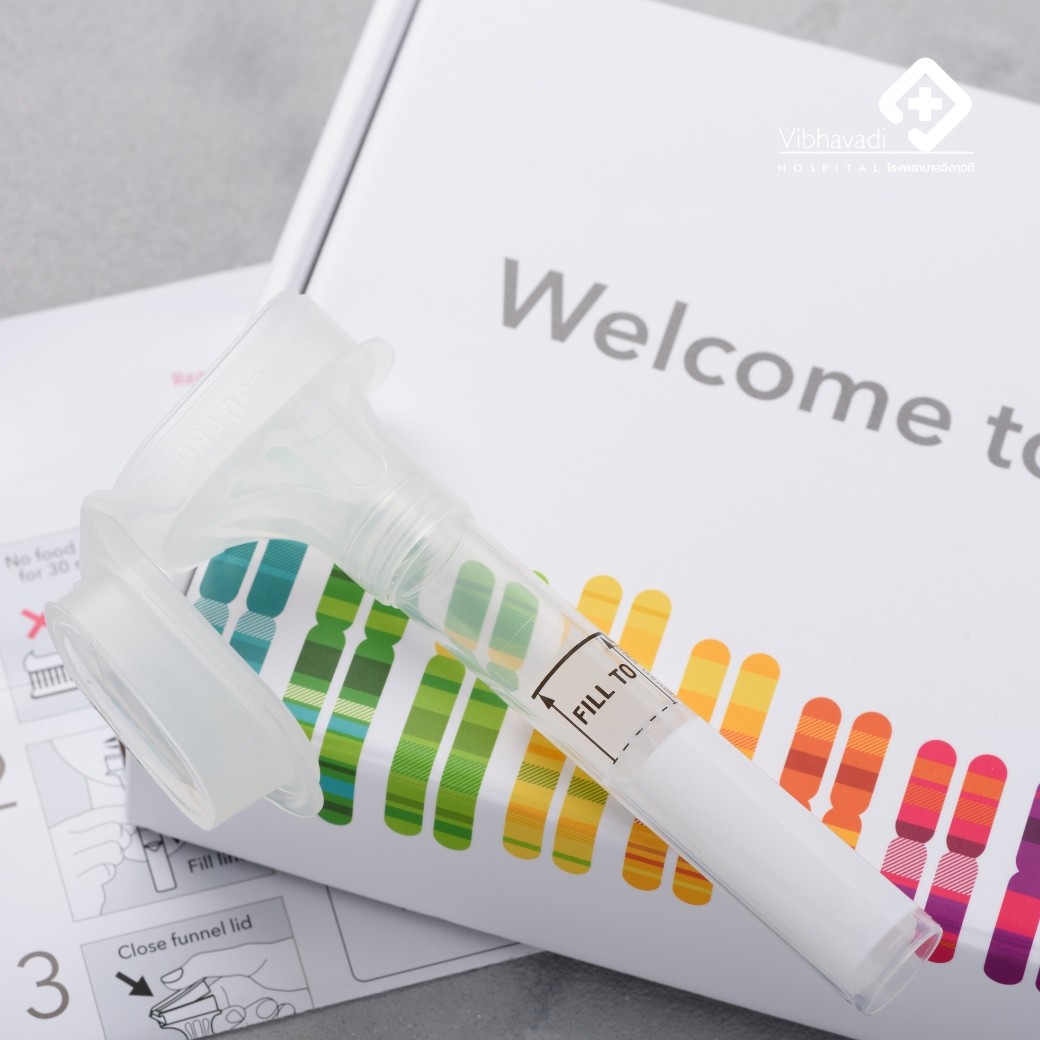
The effects of high blood cholesterol level
The effects of high blood cholesterol level
If the blood cholesterol level is higher than 240 mg/dL along with individual risk factors, it may lead to various diseases such as heart disease.
Cholesterol is a crucial component of the body, present in the cell walls of all types of cells, including brain cells. It is a reserve energy source stored in the form of fat cells. Abnormal high levels of cholesterol are strongly associated with the development of heart disease.
There are two ways that the body obtains fat: fat produced by the body and fat obtained from food.
Fat obtained from food can be divided into two types: plant-based fat and animal-based fat.
Animal-based fat includes fat derived from animal food sources such as meat, animal fat, animal skin (duck skin, chicken skin), animal fat (pork fat, beef fat), egg yolk, animal organs, which contain an essential component called "cholesterol."
Plant-based fat mainly consists of "triglycerides" and is found in food such as coconut milk, flour, and sweet foods with high sugar content. This group of fats is believed to contribute to the development of heart disease, but its importance is less than that of cholesterol.
When fat-containing foods of any form are ingested, they are broken down in the small intestine with the help of bile and digestive enzymes secreted from the pancreas. The resulting small fatty acids and lipid compounds are then absorbed into the body through the small intestine, enter the bloodstream, and are transported to the liver where they are metabolized and re-formed.
These fats remain in the body as various compounds such as cholesterol, triglycerides, and lipoproteins. High levels of these compounds, particularly cholesterol and triglycerides, are associated with an increased risk of heart disease, especially when combined with other risk factors.
HDL, IDL, and LDL are the different types of lipoproteins, which are complex particles that transport cholesterol and other fats in the blood.
HDL stands for high-density lipoprotein, which is often referred to as the "good cholesterol." This lipoprotein helps to remove excess cholesterol from the bloodstream and transport it to the liver for disposal. High levels of HDL are associated with a lower risk of heart disease.
LDL stands for low-density lipoprotein, which is often referred to as the "bad cholesterol." This lipoprotein carries cholesterol from the liver to the rest of the body, but when there is too much LDL in the blood, it can accumulate in the walls of arteries and contribute to the formation of plaques, which can lead to heart disease.
IDL stands for intermediate-density lipoprotein, which is a type of lipoprotein that is intermediate in density between LDL and HDL. IDL particles are formed from the breakdown of VLDL (very-low-density lipoprotein) particles, which transport triglycerides (another type of fat) in the blood. IDL particles can be further metabolized to LDL or taken up by the liver.
About 2/3 or 60-70% of the cholesterol level detectable via blood tests are made by the body.
When should you seek treatment?
If your cholesterol level is high, such as more than 240 mg% or the total cholesterol in low-density lipoprotein is higher than normal, the doctor will check if there are risk factors for developing coronary artery disease. If you have risk factors such as having cardiovascular disease elsewhere, smoking, diabetes, high blood pressure, a family history of heart disease, postmenopausal women, or advanced age, you are considered to be at high risk and should receive full treatment.
Triglycerides are less associated with coronary artery disease than cholesterol, but if they are very high, they must be treated.
If you already have coronary artery disease, you must treat both high cholesterol and high triglycerides.
Treatment Guidelines:
For individuals with high blood lipids such as total cholesterol levels greater than 240 mg/dL and LDL cholesterol levels greater than 160-180 mg/dL, along with other risk factors for heart disease, the following steps should be taken:
- Patients should control their diet for approximately 1-3 months.
- After 1-3 months, if blood lipids remain high, medication to reduce blood lipids may be necessary. Currently, there are four groups of lipid-lowering drugs available on the market: fibrates, statins, resins, and ezetimibe. Statin drugs have been shown to effectively reduce the risk of heart disease in clinical trials. However, each group of lipid-lowering drugs has its own advantages and disadvantages, and a physician should be consulted before making a decision.
- Efforts should be made to ensure that total cholesterol levels are below 160 mg/dL and LDL cholesterol levels are below 130 mg/dL, or reduced by 30-50% from their initial levels.
- Dietary control and medication should be combined in a long-term treatment plan.
The Principles of Dietary Control:
Foods should contain less than 30% fat and cholesterol levels should be between 200-300 mg per %.
If cholesterol levels are high:
- Avoid foods such as egg yolks, animal fats (pork, beef), animal organs (liver, kidneys, heart, lungs, intestines, and brain), animal oils, red meats (beef, pork), duck and chicken skin, egg yolks, large squid, and scallops.
- Avoid fried foods and choose to grill, bake, boil, or steam instead.
- Use oils that are low in saturated fat, such as soybean oil, corn oil.
- Unlimited intake of green vegetables.
- Lose weight.
If triglyceride levels are high:
- Avoid foods such as coconut milk and sweet desserts that contain sugar.
- Exercise, which can reduce triglyceride levels.
- Reduce alcohol consumption, including beer.
- Lose weight.
Other things you should know:
To check your overall cholesterol levels, including triglycerides, it is recommended that you fast for at least 10-12 hours (not 6 hours). However, you can still drink water during the fasting period. If you only need to check your "bad" cholesterol (LDL), you do not need to fast.
Medications to lower blood cholesterol do not help reduce belly fat or weight because belly fat is a type of fat cell that accumulates in the body, which is different from the fat in the blood.
If you do not have any risk factors for heart disease, acceptable cholesterol levels are total cholesterol levels below 240 mg/dL and "bad" cholesterol (LDL) levels below 130 mg/dL.
Fish oil has the ability to reduce triglycerides and increase high-density lipoprotein (HDL) cholesterol, but does not reduce low-density lipoprotein (LDL) cholesterol.














